Zenith El Primero Jubilee Looking Back on 50 Years of Success
By Huiming_Shi Tuesday, 26 November 2019 4:55 PM
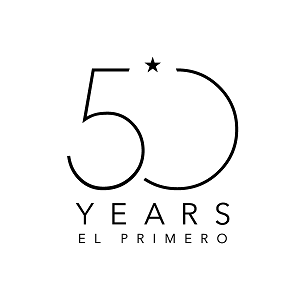
CHAPTER 1:
1962 – 1969: El Primero, birth of a legend
Between 1966 and 1967 Zenith’s management decided to develop a high-frequency movement oscillating at a rate of 36,000 vibrations per hour. It was the Zenith Chronometry Department, which prepared the parts for the chronometry observatory competitions, that was responsible for this research. The topic of high frequency was clearly in sync with the times, since it was associated with the idea of precision and often discussed at congresses of chronometry societies, and particularly the Swiss Chronometry Society. The challenge that the Manufacture set for itself was to create the first ultra-thin, high-frequency integrated automatic chronograph calibre, beating at 36,000 vibrations per hour and thus able to measure one-tenth of a second.

CHAPTER 2:
1970 - 1979: The great secret
To understand the destiny of the El Primero movement in the 1970s implies making the effort of recalling a date 11 year before its birth.
Quartz research was conducted in the strictest secrecy: the project, called "Beta", was completed in August 1967.
The 1970s saw the emergence of "Pop Design", encouraged by the rise of new technologies that made it possible to create other possible shapes.
The year 1974 marked the start of a complete break: Zenith began slowing its production and there were no longer any new El Primero designs in the catalogues of the time.
in 1978, Zenith Radio Corporation sold Zenith Watches SA to a consortium of three Swiss manufacturers, including Paul Castella, the owner of Dixi, a company specialising in the machine tool and watchmaking sector.
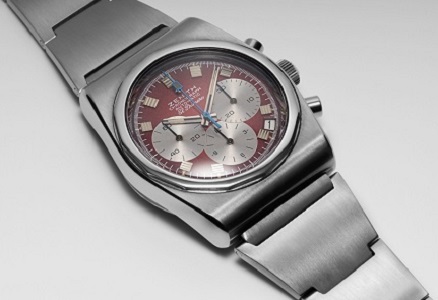
CHAPTER 3:
1980 - 1989: Rebirth
In 1976, when Charles Vermot made the decision to hide the tools needed to manufacture the El Primero calibre, this foreman of Workshop 4 showed extraordinary bravery and vision.
There was a problem, however, since Rolex needed a reliable ‘motor’ in large quantities, but that was back in 1984, when a press cost about 40,000 Swiss francs and more than 150 francs were needed to manufacture El Primero, which would involve around seven million francs.
A ten-year contract was signed with Rolex. The first movements were delivered in 1988 and the first Daytona watches equipped with a Zenith movement were presented at the Basel Fair that same year.
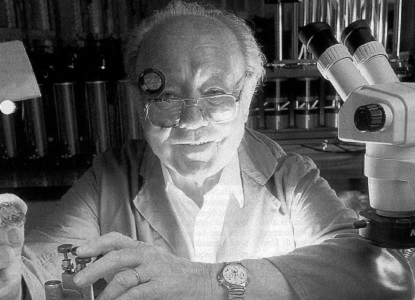
CHAPTER 4:
1990 - 1999: Revealing the movement
In 1991, one year after its 125th anniversary, the Manufacture chose to celebrate the 700th anniversary of the Swiss Confederation with two exclusive models equipped with the two variations of the relaunched El Primero.
The ChronoMaster served to reposition the El Primero. The 1997 advertisement dedicated to it shows a man's hand resting on the belly of an expectant mother, with these words: "When worn, this Zenith watch will work for a lifetime - or even longer". This powerful advertising message thus strongly implied that this was an object made to be passed on across generations.
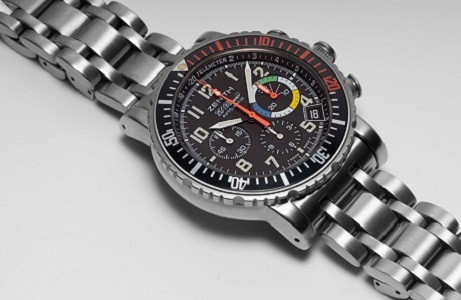
CHAPTER 5:
2000 - 2009: Recognition
When LVMH bought up the company in 1999, a takeover that came into effect in 2001, the history of Zenith and the El Primero movement took a new direction.
After negotiation, the group obtained the right to use the brand in the United States in 2001, in exchange for which it would pay for rights to the homonymous brand. Zenith could continue taking flight.
From 2003 onwards, the size of the calibre changed slightly and became increasingly highlighted. A feminine version was released in 2004.

CHAPTER 6:
2010 - 2019: Towards absolute precision
During this decade that is drawing to a close, we are witnessing an accumulation of contradictory phenomena that, for the most part, escape us.
With its seconds hand performing a full spin of the dial in ten seconds, the El Primero Striking 10th, launched in 2010, is able to display tenths of a second.
In 2017, Zenith launched the Defy El Primero 21, which was able to measure and display a mechanical value that was difficult to reach: one hundredth of a second.
Fifty years old, the age of ‘unreasonableness’, when one can reinvent oneself to take on new challenges. Nothing is impossible when you are 50 years young.
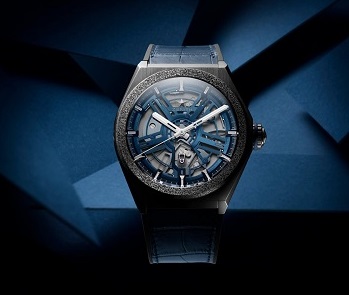




























Add new comment